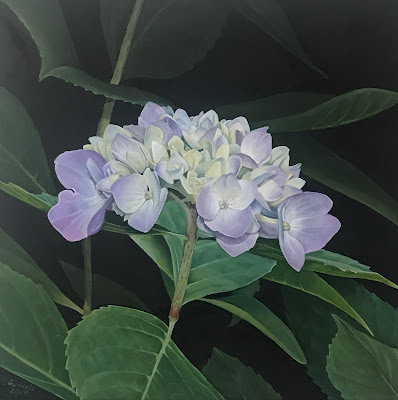 |
| Osprey, Oil on board, 16"x20" Rhododendron, Oil on Board, 8"x8" |
Friday, May 17, 2019
Works in Progress: Update
Blue Jay Work in Progress
 |
| Blue Jay, Oil on Board, 10"x8" |
Monday, May 13, 2019
Rhododendrons In Progress
 |
| Rhododendron, Oil on Board, 8"x8" |
Sunday, May 12, 2019
Osprey in Progress
 |
| Osprey, Oil on Board, 16"x20" |
Monday, May 6, 2019
Hydrangea
 |
| Hydrangea, 2019, Oil on Board, 8"x8" |
Balancing Baltimore Orioles
 |
| Balancing Act Baltimore Orioles, 2019, Oil on Board, 8"x8" |
Subscribe to:
Posts (Atom)